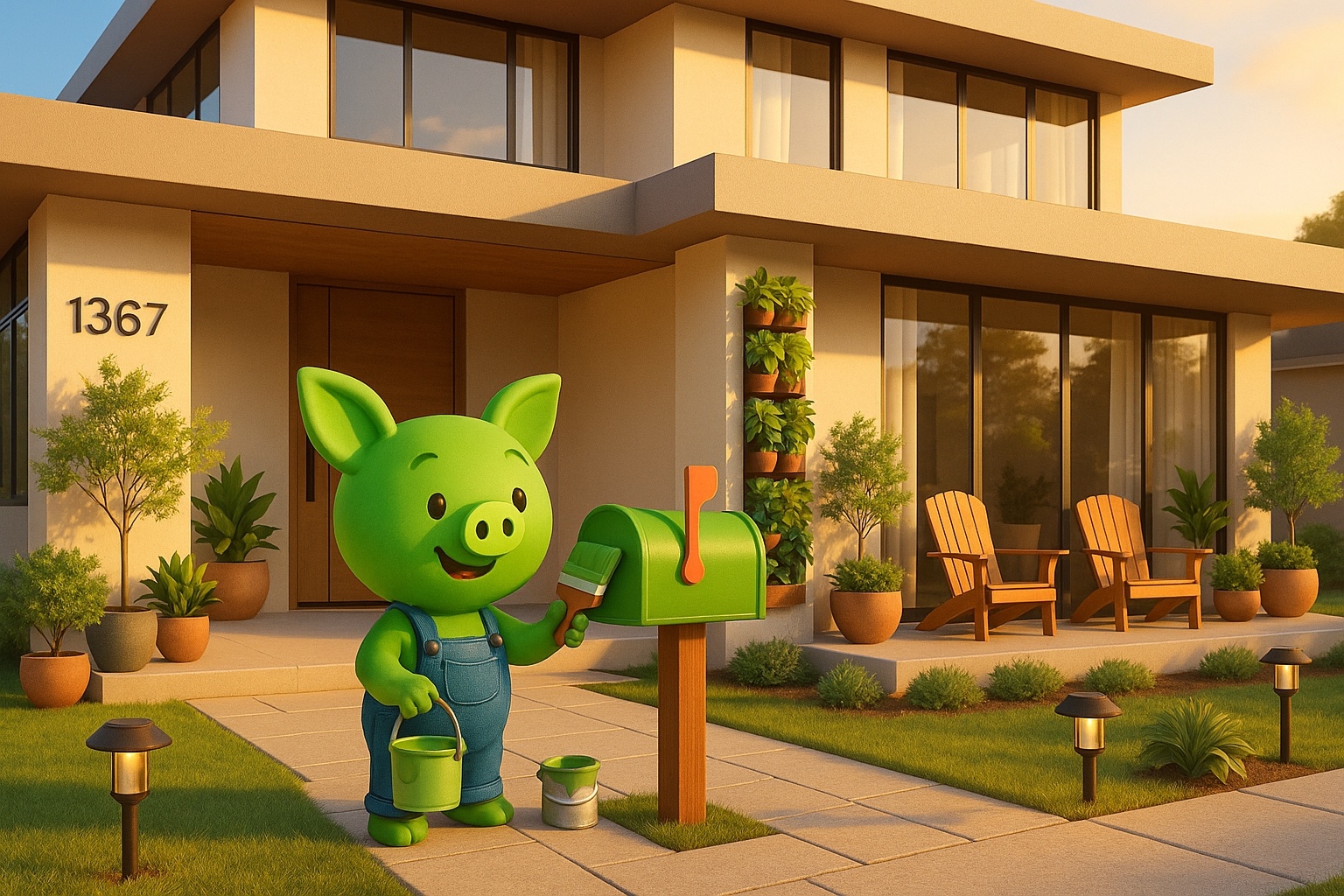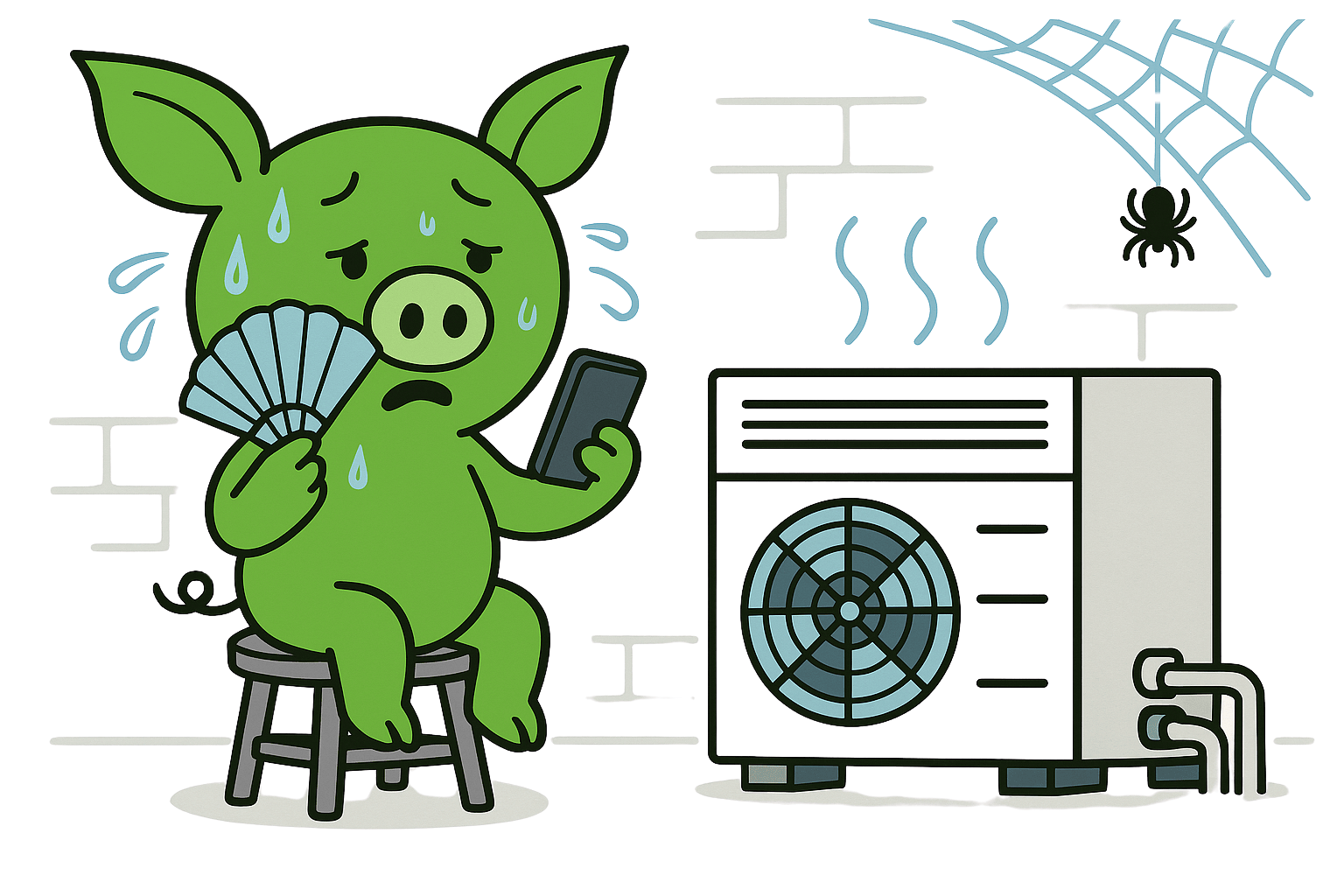Spring Garden Cleanup Tips: Sustainable To-Do’s for a Thriving Garden
As the days grow longer and temperatures rise, homeowners eagerly prepare their outdoor spaces for the season. Spring is the perfect time to give your garden a fresh start while embracing sustainable gardening practices. By focusing on eco-friendly techniques, you can nurture a healthy garden, support local ecosystems, and minimize your environmental impact.
Ready to refresh your garden? Let’s dive into these essential spring garden cleanup tips tailored for sustainability-minded homeowners.

1. Timing is Key: When to Prune
Pruning is an essential part of spring garden maintenance, but timing is crucial.
- Dormant Pruning: Many shrubs and trees benefit from pruning in early spring while they’re still dormant or just beginning to bud.
- Flowering Shrubs: Prune flowering shrubs like lilacs and forsythias after they bloom to preserve next year’s flowers.
- Remove Deadwood: Focus on removing dead or damaged branches to promote healthy growth and improve your garden’s overall appearance.
Pruning at the right time sets your garden up for a successful growing season.
2. Clearing Out Leaves and Debris
Clearing winter debris not only refreshes your garden’s look but also supports pollinator safety.
- Wait for Warm Weather: According to Savvy Gardening, wait until temperatures consistently stay above 50°F for at least five days before removing debris. This allows pollinators like moths and butterflies to emerge safely.
- Composting Debris: Turn collected leaves and plant matter into nutrient-rich compost.
- Mulching with Leaves: Use fallen leaves as mulch to suppress weeds, retain moisture, and improve soil health.
3. Set Up Rain Barrels
Spring showers are perfect for harvesting rainwater to use in your garden.
- Conserve Water: Rain barrels reduce your reliance on tap water, cutting costs and conserving resources.
- Healthy for Plants: Rainwater is free of chlorine and other chemicals found in tap water, making it ideal for plant hydration.
- Easy Installation: Position rain barrels under downspouts to collect water efficiently. Learn more from the EPA.
4. Soil Testing and Amendments
Healthy soil is the foundation of a thriving garden.
- Test Your Soil: Send a sample to a local agricultural extension, like Ohio State University, to identify deficiencies and get amendment recommendations.
- Use Organic Amendments: Compost, aged manure, or leaf mold enriches your soil without the harmful effects of synthetic fertilizers.
Improving your soil now ensures healthier plants all season long.
5. Encourage Pollinators and Beneficial Insects
Supporting pollinators is critical for a flourishing garden.
- Plant Native Flowers: Native species attract local pollinators while requiring less maintenance. Consider planting along the garden perimeter if you prefer a mix of styles.
- Provide Habitat: Bee hotels, butterfly houses, and wildflower patches offer safe spaces for beneficial insects.
- Avoid Chemicals: Skip pesticides and herbicides to protect your garden’s delicate ecosystem.
Creating a pollinator-friendly space contributes to biodiversity and a healthier garden.
Spring Gardening with Pigybak
If spring gardening feels overwhelming, Pigybak can help!
- Connect with Local Experts: Post your gardening needs on Pigybak and match with highly rated contractors who specialize in sustainable practices.
- Team Up with Neighbors: Collaborate with your community to bundle gardening services like pruning, mulching, and soil testing for group savings.
Pigybak’s home improvement app ensures that your spring garden cleanup is seamless, eco-friendly, and cost-effective.
Conclusion: A Greener Garden, A Greener Future
Spring is a season of growth and renewal, and your garden deserves the same care and attention. From pruning and clearing debris to setting up rain barrels and welcoming pollinators, these spring garden cleanup tips will help you cultivate a thriving, sustainable garden.
Ready to make spring gardening easier and more eco-friendly? Sign up for Pigybak today to connect with local contractors and transform your outdoor space into a sustainable oasis.


